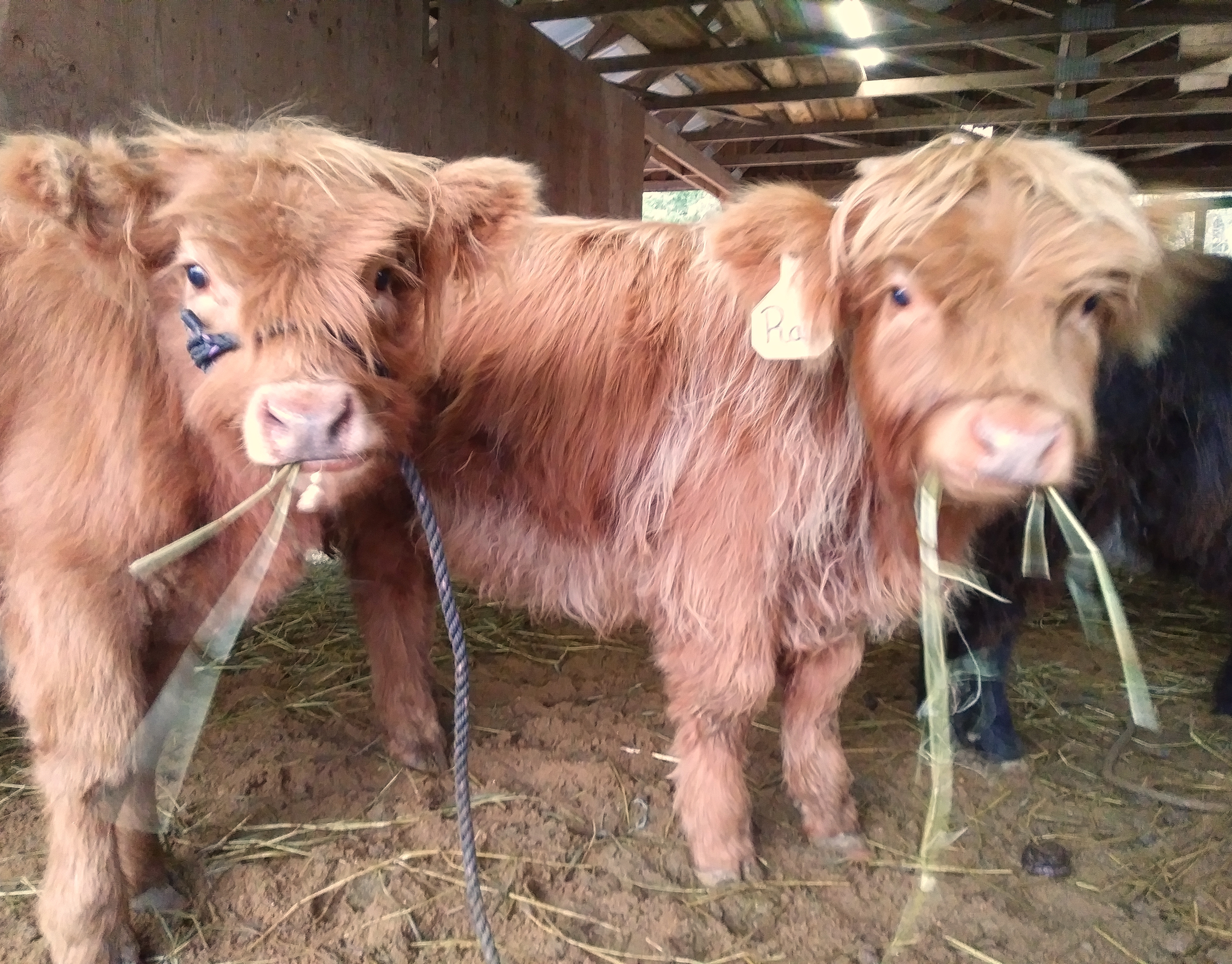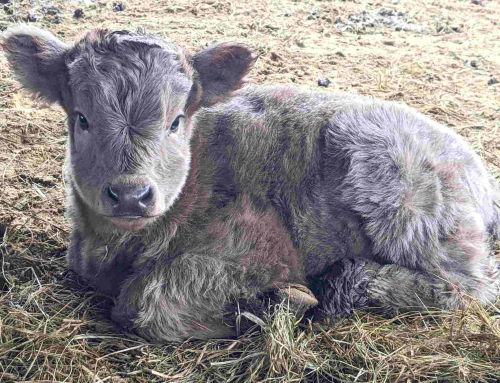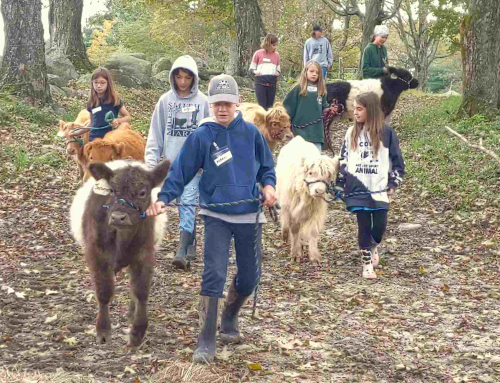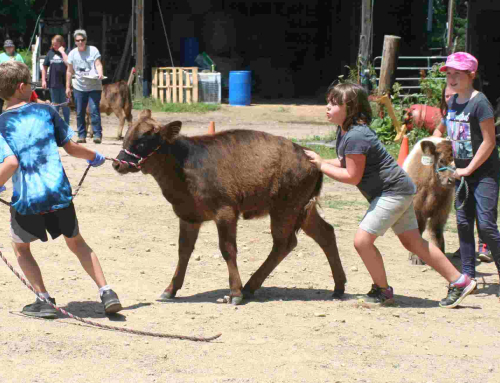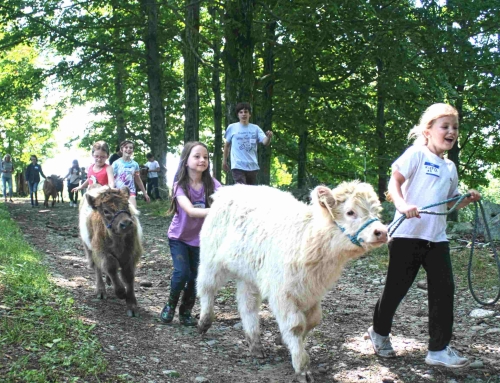It’s fall, which means it’s time to wean the calves. If we planned it right, calves were born in March and April – nine months after conception. We control when the bull is with the cows, so most births are in the spring. Sometimes an eager bull will find his way, without permission, into the cow pasture in the winter, and a bundle-of-joy will join us the next fall.
Spring births are the best because grass has started to grow, flies are dormant, and the weather is warm (mostly). The calves romp in the pastures during the six warmest months with their moms, growing fat on milk, and learning how to eat grass by watching Mom munch on the green stuff. They also learn social behavior, like: Don’t mess with Cooper because he’s at the top of the herd hierarchy. They also learn that it’s OK to play with other calves and even how to escape under the electric fence, which is fun for the calves, not so much for the farmers.
In the fall, as days get shorter, grass growth slows, and there is less forage for cattle. Fall is a tricky time for moms, especially first-time moms. Most of a lactating cow’s energy goes to producing milk for her hungry calf. Nursing human mothers know it’s natural to lose weight when feeding a baby. Cows are the same. A skinny cow will have a fat calf at her side.
The problem is that cows need to be in good condition going into the winter. They need to have a layer of fat in place before frigid weather sets in to help protect them from the cold. And inside each cow is the growing fetus of her next calf, which also needs nutrition. In the winter, a skinny cow is a cold cow.
To keep the moms fat and in shape to face a New Hampshire winter, there is no alternative; calves must be weaned for the health of the mom.
Weaning is stressful for both mom and baby, so we try to make it as comfortable as possible. We put the weanlings in a pen with plenty of food and water. A metal gate separates them from their mothers so each baby can sniff and nuzzle her mom. Even so, with the calves mooing for milk, it can be noisy at weaning time, so loud we often can’t talk with each other.
This year young Cinnamon mooed so often she grew hoarse. Her moo was a pitiful rasp as she called to her mom. Other calves, like Rain, mooed a bit, but mostly loved her new digs with the other weanlings. She got all the hay she could eat and plenty of carrots from human visitors. Mom was quickly forgotten.
After three or four days, the calves get used to being separated from Mom, who could now focus on fattening up for winter. The calves stay together all winter and get individual care and food to make sure they thrive. Weaning is also when we socialize them to people. The Highland Rider 4-H Club will brush and teach each calf to lead.
If you visit the farm during weaning, don’t be concerned by the mooing. No one likes change, even calves, but I’m always glad when it’s over, and my husband can once again hear ourselves think.



